Theme Parks & Themed Entertainment
The post-Christmas origin of character dining at Walt Disney World
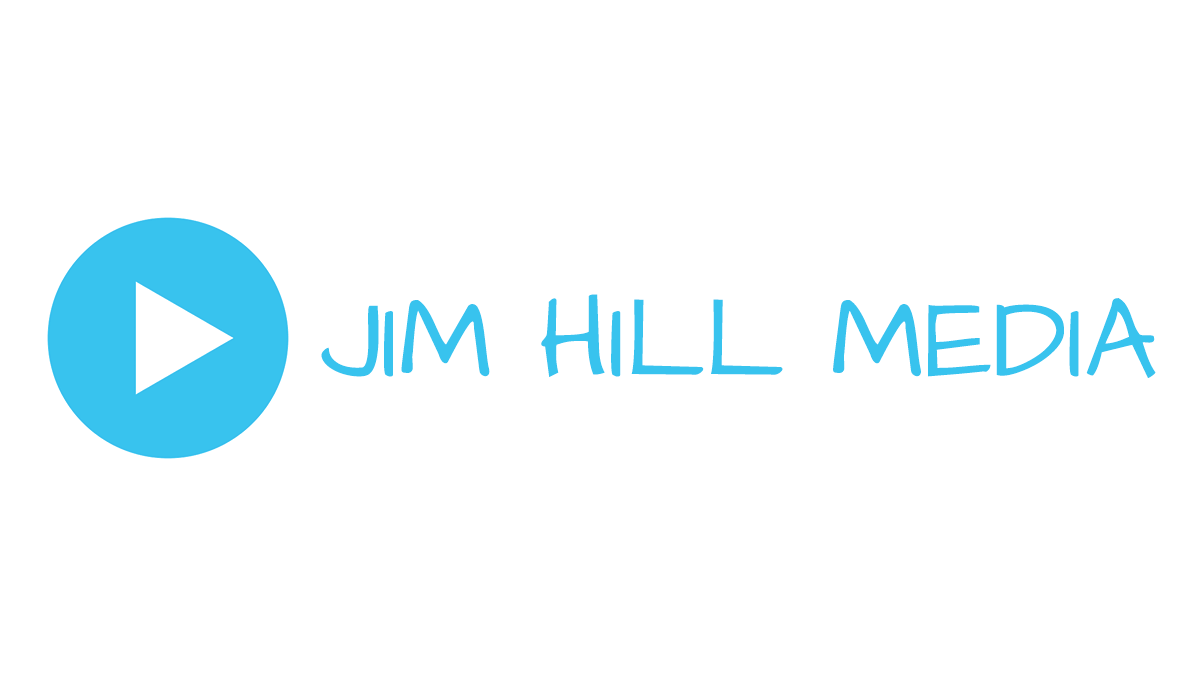
It's one of those must-do aspects of a Walt Disney World
vacation. Especially if you've got young kids. Character dining. That pricey breakfast,
lunch or dinner which is periodically interrupted as Disney characters come by
your table, pose for pictures and sign autographs.

Copyright Disney Enterprises, Inc. All rights reserved
Given that character dining is such a hugely popular – more
importantly, profitable — component of
the WDW vacation experience nowadays (Don't believe me? Then just check out those
lines of Guests outside of the Crystal Palace at the Magic Kingdom, Akershus
Royal Banquet Hall at Epcot, Hollywood & Vine at Disney's Hollywood Studios
and Tusker House Restaurant at Disney's
Animal Kingdom. Likewise that queue of customers outside of Chef Mickey's at
Disney's Contemporary Resort, the Cape May Cafe at Disney's Beach Club Resort
as well as 1900 Park Fare at Disney's Grand Floridian Resort & Spa), it
might surprise you to learn that the Disney World version of character dining
didn't get its start inside of a theme park and/or at one of the resorts. But –
rather – over at Lake Buena Vista in the shopping village.
Or – for that matter – that the first "character" which WDW
visitors had the chance to dine with wasn't Mickey Mouse or Winnie the Pooh or
any of the Disney Princesses. But – rather – Santa Claus.
It's kind of an interesting tale. But in order to properly
reveal the origins of character dining at Walt Disney World, I must first give
you a bit of backstory on that corner of the Resort which used to be known as the
Lake Buena Vista Shopping Village.
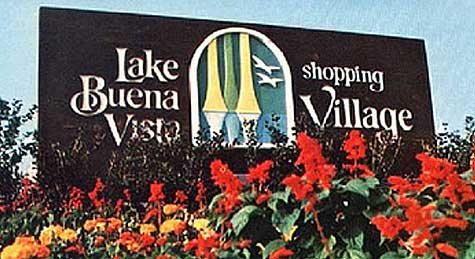
Copyright Disney Enterprises, Inc. All rights reserved
You see, back in the early 1970s, the folks in charge of
Walt Disney Productions wanted to make sure that the "Florida Project" truly was
an all-inclusive vacation resort. So it wasn't enough that Walt Disney World
had the Magic Kingdom, three themed hotels, two championship golf courses, a
campground, horseback riding, boating, water-skiing, bass fishing and the like.
The WDW Resort also had to have its own stand-alone retail & dining
district.
Mind you, construction of the Lake Buena Vista Shopping
Village didn't go forward just because the Company was looking for new &
different ways to get tourists to open their wallets. No, back in the early
1970s, Mouse House managers still had hopes that they'd someday be able to
deliver on Walt's last & greatest dream (i.e. pull a genuine city-of-the-future
up out of the swamps of Central Florida). And by constructing some sort of
commercial center out by what was then-known as Motor Inn Plaza … Well, that
seemed like kind of a smart intermediate step towards the Company's ultimate
goal of building Epcot-the-city.
Still, Disney being Disney … The Lake Buena Vista Shopping
Village couldn't just resemble the mall that folks had back at home. It had to
have a distinctly different take on the shopping experience. Much is the same
way that a Disney theme park was distinctly different from your average
regional amusement park.
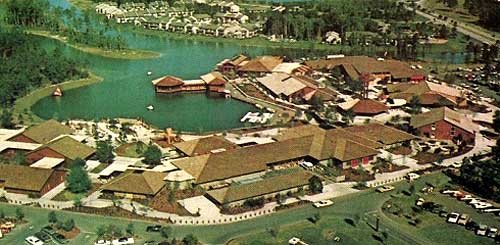
Copyright Disney Enterprises, Inc. All rights reserved
Which is why – rather than go with the standard indoor mall
floor plan — the Imagineers opted instead to build WDW's retail & dining
district outdoors along the shores of Lake Buena Vista. More to the point, that
this complex of 32 boutique and handicraft shops would be built out of
weathered wood & brick. And as shoppers wandered among these cedar-shingled
structures, they could then peer in through windows and watch as old-world
craftsmen cut crystal, shaped clay pots and engraved gold.
You get the idea yet? What Disney was trying to with the
Lake Buena Vista Shopping Village was build the anti-mall. Create a unique
dining & retail experience that would not only appeal to WDW visitors but
also draw in leisure shoppers from all over the Central Florida region.
That was the plan, anyway. But when the Lake Buena Vista
Shopping Village opened on March 22, 1975, it quickly became apparent that
something was amiss. For while the Guests who were actually staying at the
Dutch Resort Hotel, Howard Johnson's, The Hotel Royal Plaza and Travelodge
Tower would schlep across the street from Hotel Plaza and then for check this
place out … That wasn't exactly the case for people staying at the
Contemporary, the Polynesian Village, the Golf Resort and Fort Wilderness
Campground. Or – for that matter – most of the day guests who were visiting the
Magic Kingdom.
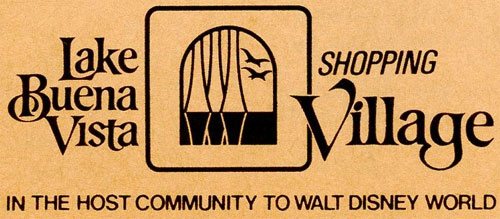
Copyright Disney Enterprises, Inc. All rights reserved
In fact, the Lake Buena Vista Shopping Village was capturing
such a small share of WDW Resort guests and day visitors to the theme park that
– in late 1975 / early 1976 – the Company commissioned a survey about this
shopping & dining district. And what they discovered back then really
startled them.
The biggest problem that the Lake Buena Vista Shopping
Village faced was that most tourists didn't link the Buena Vista name with Walt
Disney World. So when they heard "Lake Buena Vista Shopping Village," these
people thought that it was just another off-property attraction like SeaWorld
or Church Street Station. But worse than that, those WDW Resort guests who did
make a special trip over the Shopping Village to experience these artfully
designed collection of boutiques & restaurants said that they wouldn't be returning
anytime soon because – to be blunt – it just wasn't Disney enough.
So to quickly address these issues, the suits in Burbank
first decided to change the name of WDW's dining & retail district. Which –
in late 1976 / early 1977 – went from being the Lake Buena Vista Shopping Village
to the Walt Disney World Village. They also made sure that every new ticket
book sold for the Magic Kingdom then featured an ad that urged theme park goers
to " … Visit the other side of the World … You haven't seen the whole World
until you've visited Walt Disney World Village at Lake Buena Vista. Open daily
10 to 10."
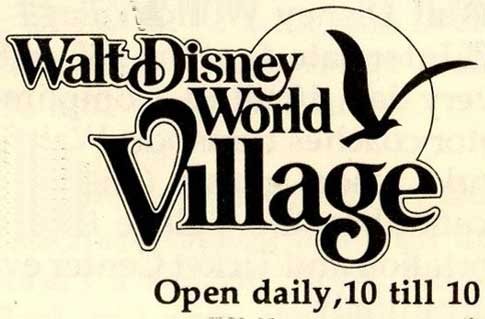
Copyright Disney Enterprises, Inc. All rights reserved
And to counter Guest complaints that " … this shopping
village just isn't Disney enough," the Imagineers then decided to build an
iconic piece of Disneyland Park and WDW's Magic Kingdom. Which was a recreation of a three-decked Mississippi River
stern-wheeler that would then be parked right along the shore of Buena Vista
Lagoon. Which – the wizards of WED hoped – would become the new focal point of
the shopping village.
And Disney spared no expense when it came to the
construction this 150-ton vessel (which – truth be told – wasn't a steamboat at
all. But – rather – a restaurant complex designed to look like a boat which
then sat on this submerged concrete foundation). With two 84-foot smoke stacks,
its 22-by-36-foot churning paddle wheel as well as its gingerbread railings, this
steamboat – at 220 feet long by 62 feet wide – was twice the size of the
paddle-wheelers which cruised around the Rivers of America at the Magic Kingdom.
And as for those " … this shopping village isn't Disney
enough" complaints … Well, that's why the Imagineers opted to name this faux
steamboat the Empress Lilly after Walt's wife, Lillian. In fact, on May 1,
1977, Lillian herself took part in the gala private christening ceremony for
this new WDW restaurant complex. And as she toured this building with Donn Tatum,
Mrs. Disney Truyens supposedly commented on the antique 24-foot-table inlaid
parquet table that she found in the Texas Deck Lounge. Which had reportedly
been chosen by Walt himself to serve as the dining table for the Disney family
suite that was supposed to be built over "Pirates of the Caribbean" in
Disneyland's New Orleans Square area.
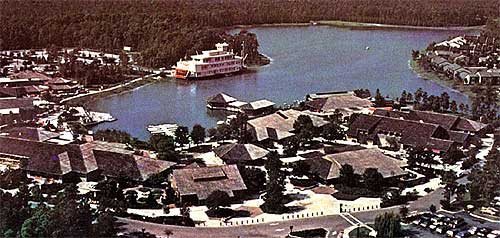
Copyright Disney Enterprises, Inc. All rights reserved
And while the name change as well as the addition of the
Empress Lilly did compel more WDW Guests to go visit the Walt Disney World
Village, this retail & dining district still struggled to catch on with
Central Floridians. So to draw even more leisure shoppers from the region,
Disney was then forced to start staging all sorts of special weekend-long
events down along the shore of Lake Buena. The Boat Show, The Car Show, The
Festival of the Masters. Anything that Mouse House managers could think of as a
possible way to lure in additional local customers in.
And given that – at least back in the mid-1970s, anyway –
the weeks leading up to the holidays were an especially slow time for the Walt
Disney World Resort … Well, that's why the folks who ran WDW's shopping village
began staging the "The Glory and Pageantry of Christmas" there. Which was this
Renaissance-style, live Nativity scene that was staged right under the
Captain's Tower right at the very heart of this shopping & dining district.
Given that we now live in an age when people will actually go
to court to prevent a crèche from being placed on public property, it must seem
kind of bizarre to hear that – right up until the mid-1990s – that this
traditional retelling of the Christmas story was staged during the month of
December right on WDW property. And the "The Glory and Pageantry of Christmas"
was a pretty elaborate affair, featuring 39 cast members and live animals. Not
to mention the Dickens Carolers from the Magic Kingdom, which – between scenes
– performed such decidedly non-secular tunes as "O Little Town of Bethlehem,"
"Away in a Manger," "Hark, the Herald Angels Sing" and "We Three Kings."
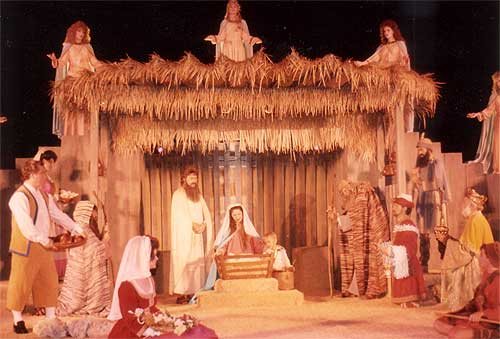
The finale of "The Glory and Pageantry of Christmas" living Nativity at the Walt Disney
World Village. Copyright Disney Enterprises, Inc. All rights reserved
"The Glory and Pageantry of Christmas" became so popular
with Central Floridians that there were nights where – in order to deal with
the crowds – the Walt Disney World Village was forced to present three
performances of this living Nativity nightly, once at 6, 7:30 & 9 p.m.
Which was great when it came to bringing nighttime shoppers
into WDW Village during the month of December. But as for the early morning
hours, Disney World's shopping village genuinely struggled when it came to
bringing in customers. Or at least it did until one enterprising Mouse House
manager decided to borrow a bit of holiday magic from the local mall.
As Disneyland president George Kalogridis recounted at his
"A Word from the President" presentation at D23's Destination D: Disneyland '55
event in September of 2010, one member of the WDW Shopping Village's management
team noticed that several Orlando area malls were doing extremely well with
their "Have Breakfast with Santa" promotions. So why couldn't Disney stage a similar
sort of event to convince shoppers to come out to Lake Buena Vista during the
early morning hours?

As this image capture from "Holiday Time at Disneyland" (i.e. the "Wonderful World of
Color" episode that originally aired on December 23, 1962) proves, Walt and Santa
go way back. Copyright Disney Enterprises, Inc. All rights reserved
So – just as a test in December of 1977 – the Walt Disney
World Village put together a "Have Breakfast with Santa" promotion. Where kids
& their parents would come on board the Empress Lilly (which was completely
open and available at that time of day. Given that – at this point in its
operating history, anyway – this riverboat restaurant wasn't serving breakfast.
It only served lunch & dinner) and enjoy some scrambled eggs, bacon and
pancakes while Santa slowly worked his way around the Promenade Deck and
visited with every child at every table.
To hear Kalogridis tell this story, the "Have Breakfast with
Santa" promotion was a huge seasonal success. Resulting in huge foot traffic
through the stores. More importantly, an overall increase in sales at the Walt
Disney World Village at a time of day when this retail & dining area was
usually dead.
But then December gave way to January. And as the morning
foot traffic and per-store sales slumped to their usual pre-holiday levels,
Walt Disney World Shopping Village managers wondered if there was a way that
they could perhaps replicate the "Have Breakfast with Santa" phenomenon by –
say – giving WDW Guests the chance to dine with some of their favorite Disney
characters.
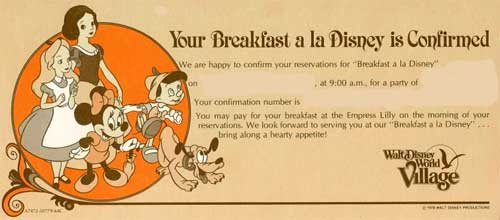
Copyright Disney Enterprises, Inc. All rights reserved
Which is why – in February of 1978 – the WDW Shopping
Village began offering a "Have Breakfast with Snow White and Friends" event aboard
the Empress Lilly. Which immediately became hugely popular with Resort
visitors. So much so that – at the height of its popularity – the
eventually-renamed "Breakfast a la Disney" was selling out three seatings
daily.
Which is why – in order to deal with demand – Walt Disney
World then began offering character dining at other venues around the Resort.
Among them the Minnie's Menehune Breakfast at the Papeete Bay Veranda at the
Polynesian Village and Melvin the Moose's Country Breakfast Jamboree at Fort
Wilderness's Pioneer Hall. And with the success of these spin-off character
breakfast events, it was only a matter of time before the Parks got involved.
And now that character dining is a standard feature at every
WDW theme park and at virtually every Resort on property … Well, to me, anyway,
it just seems a little less special.
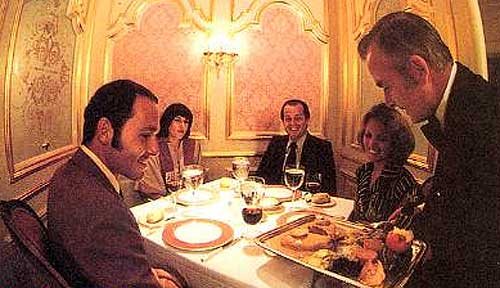
French-style service in the Louis-the-XV -themed Empress Room.
Copyright Disney Enterprises, Inc. All rights reserved
But – then again – the entire Walt Disney World Resort has
seemed like a less special place since the Empress Lilly was closed on April
22, 1995 and then gutted to make way for Fulton's Crab House … If you ever got
the chance to dine in the Empress Room with its glimmering chandeliers, as the attentive
staff there served gourmet fare on special made-to-order china … Well, that was
an evening that you'd never ever forget.
Likewise the great Dixieland music that you used to be able to hear played nightly
inside of the Baton Rouge Lounge. Or those Monday Night Huddle events. Where Tampa
Bay Buccaneers players would — every Monday evening from early September through
late December – come on board the Empress Lilly riverboat restaurant and then review
the previous day's football game, showing play-by-play films as well as responding
to questions from the crowd.
Yeah, the Lake Buena Vista Shopping Village / Walt Disney
World Village may have not been hugely successful as Walt Disney Productions
officials had hoped that it would be in the mid-to-late 1970s (And one wonders
what would have happened if Card Walker had ever followed through with his
post-Epcot-opening plan. Which was to add a third loop to the Resort's monorail
system, which would have then allowed visitors to that futuristic theme park to
travel over to the Walt Disney World Village & Hotel Plaza area and then
disembark for a bit of shopping & dining).
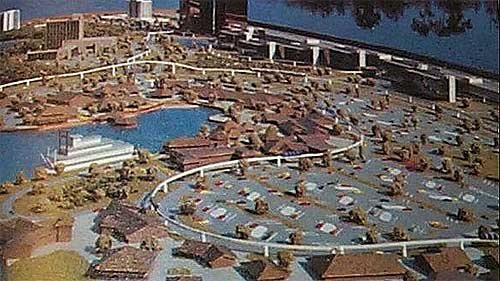
A model of the future expansion of WDW's Hotel Plaza area. Please note the proposed
monorail loop that would have not only serviced these hotels but also the Walt Disney
World Village. Copyright Disney Enterprises, Inc. All rights reserved
Anyway … So if you or your family has ever enjoyed a bit of
character dining while vacationing at the Walt Disney World Resort, you have
the managers of the Lake Buena Vista Shopping Village / Walt Disney World
Village to thank. Who were only looking for additional ways to make the cash registers
ring at WDW's dining & retail district after the holidays when they then
came up with the idea of charging Guests to eat breakfast on board the Empress
Lilly with Snow White & friends.
Which seems like a suitable post-holiday story, don't you
think?
Anyway … How many of you out there also have fond memories
of the Empress Lilly and/or have stories to share about memorable character
encounters that you & family members may have had at a "Breakfast A La Disney"
?
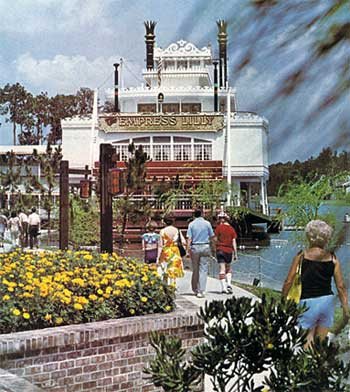
Copyright Disney Enterprises, Inc. All rights reserved
Your thoughts?
Tis the season, folks. So as 2011 winds down, if you've enjoyed what you've read on JHM over the past year, please feel free to throw a little something-something in
this site's new tip jar.
Theme Parks & Themed Entertainment
Disney and Macy’s 90-Year Thanksgiving Day Parade Partnership: From Mickey’s First Balloon to Minnie’s Big Debut
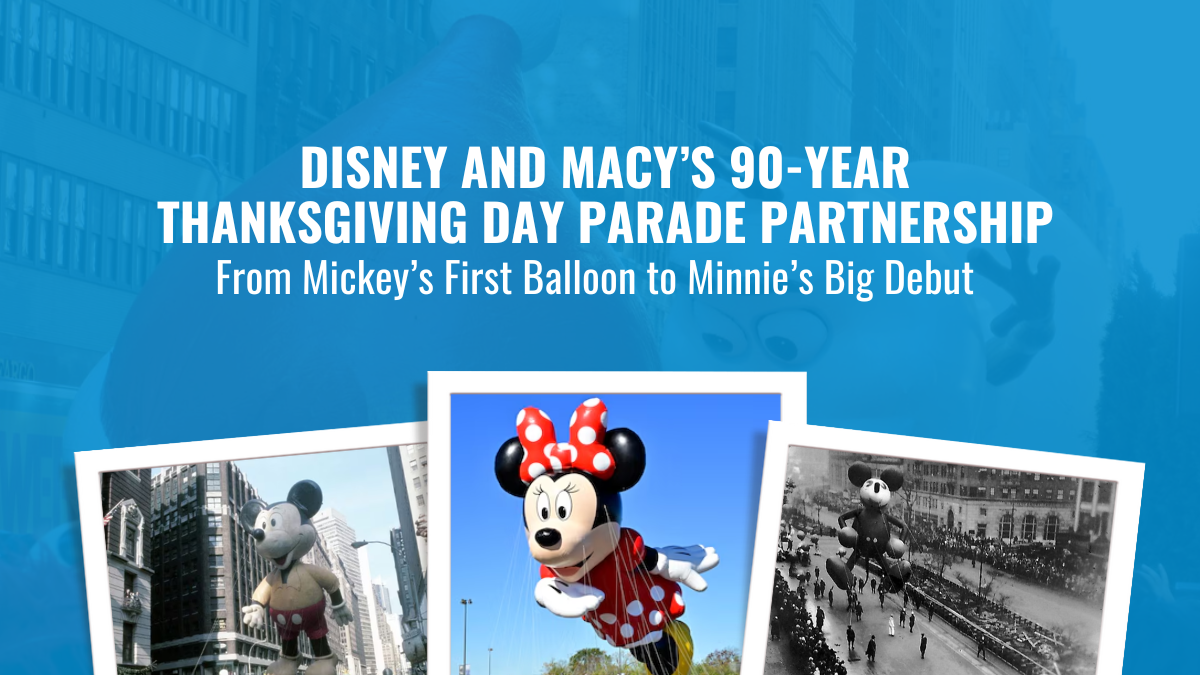
Now, folks, if you’re like me, Thanksgiving just wouldn’t be the same without a coffee, a cozy seat, and Macy’s Thanksgiving Day Parade on the TV. And if you’re really like me, you’re watching for one thing: Disney balloons floating down 34th Street. Ever wondered how Mickey, Donald, and soon Minnie Mouse found their way into this beloved New York tradition? Well, grab your popcorn because we’re diving into nearly 90 years of Disney’s partnership with Macy’s.
The Very First Parade and the Early Days of Balloons
The Macy’s Thanksgiving Day Parade goes way back to 1924, but if you can believe it, balloons weren’t part of the festivities until 1927. That first lineup included Felix the Cat, a dragon, and a toy soldier, all towering above the crowds. Back then, Macy’s had a pretty wild idea to end the parade: they would let the balloons drift off into the sky, free as birds. But this wasn’t just Macy’s feeling generous. Each balloon had a message attached, offering a $100 reward (about $1,800 in today’s dollars) for anyone who returned it to the flagship store on 34th Street.
And here’s where it gets interesting. This tradition carried on for a few years, right up until 1932, when Felix the Cat almost took down a plane flying over New York City! Imagine that—you’re flying into LaGuardia, and suddenly, there’s a 60-foot balloon drifting toward your wing. Needless to say, that was the end of Macy’s “fly away” stunt, and from then on, the balloons have stayed firmly grounded after the parade ends.

1934: Mickey Mouse Floats In, and Disney Joins the Parade
It was 1934 when Mickey Mouse finally made his grand debut in the Macy’s parade. Rumor has it Walt Disney himself collaborated with Macy’s on the design, and by today’s standards, that first Mickey balloon was a bit of a rough cut. This early Mickey had a hotdog-shaped body, and those oversized ears gave him a slightly lopsided look. But no one seemed to mind. Mickey was there, larger than life, floating down the streets of New York, and the crowd loved him.
Mickey wasn’t alone that year. He was joined by Pluto, Horace Horsecollar, and even the Big Bad Wolf and Practical Pig from The Three Little Pigs, making it a full Disney lineup for the first time. Back then, Disney wasn’t yet the entertainment powerhouse we know today, so for Walt, getting these characters in the parade meant making a deal. Macy’s required its star logo to be featured on each Disney balloon—a small concession that set the stage for Disney’s long-standing presence in the parade.
Duck Joins and Towers Over Mickey
A year later, in 1935, Macy’s introduced Donald Duck to the lineup, and here’s where things got interesting. Mickey may have been the first Disney character to float through the parade, but Donald made a huge splash—literally. His balloon was an enormous 60 feet tall and 65 feet long, towering over Mickey’s 40-foot frame. Donald quickly became a fan favorite, appearing in the lineup for several years before being retired.
Fast-forward a few decades, and Donald was back for a special appearance in 1984 to celebrate his 50th birthday. Macy’s dug the balloon out of storage, re-inflated it, and sent Donald down 34th Street once again, bringing a bit of nostalgia to the holiday crowd.
A Somber Parade in 2001
Now, one of my most memorable trips to the parade was in 2001, just weeks after the 9/11 attacks. Nancy and I, along with our friends, headed down to New York, and the mood was something I’ll never forget. We watched the start of the parade from Central Park West, but before that, we went to the Museum of Natural History the night before to see the balloons being inflated. They were covered in massive cargo nets, with sandbags holding them down. It’s surreal to see these enormous balloons anchored down before they’re set free.
That year, security was intense, with police lining the streets, and then-Mayor Rudy Giuliani rode on the Big Apple float to roaring applause. People cheered his name, waving and shouting as he passed. It felt like the entire city had turned out to show their resilience. Even amidst all the heightened security and tension, seeing those balloons—brought a bit of joy back to the city.

Balloon Prep: From New Jersey’s MetLife Stadium to California’s D23 Expo
Each year before the parade, Macy’s holds a rehearsal event known as Balloon Fest at MetLife Stadium in New Jersey. This is where handlers get their first crack at guiding the balloons, practicing with their parade masters, and learning the ropes—literally. It’s an entire production unto itself, with dozens of people rehearsing to make sure these enormous inflatables glide smoothly down the streets of New York on parade day.
In 2015, Macy’s took the balloon show on the road, bringing their Buzz Lightyear balloon out to California for the D23 Expo. I was lucky enough to be there, and watching Buzz get inflated piece by piece in the Anaheim Convention Center parking lot was something to behold. Each section was filled with helium in stages, and when they got around to Buzz’s lower half, well, there were more than a few gas-related jokes from the crowd.
These balloons seem to have a personality all their own, and seeing one like Buzz come to life up close—even outside of New York—had all the excitement and anticipation of the real deal.

Mickey’s Comeback as a Bandleader and Sailor Mickey
After a long hiatus, Mickey Mouse made his return to the Macy’s parade in 2000, this time sporting a new bandleader outfit. Nine years later, in 2009, Sailor Mickey joined the lineup, promoting Disney Cruise Line with a nautical twist. Over the past two decades, Disney has continued to enchant parade-goers with characters like Buzz Lightyear in 2008 and Olaf from Frozen in 2017. These balloons keep Disney’s iconic characters front and center, drawing in both longtime fans and new viewers.
But ever wonder what happens to the balloons after they reach the end of 34th Street? They don’t just disappear. Each balloon is carefully deflated, rolled up like a massive piece of laundry, and packed into storage bins. From there, they’re carted back through the Lincoln Tunnel to Macy’s Parade Studio in New Jersey, where they await their next flight.
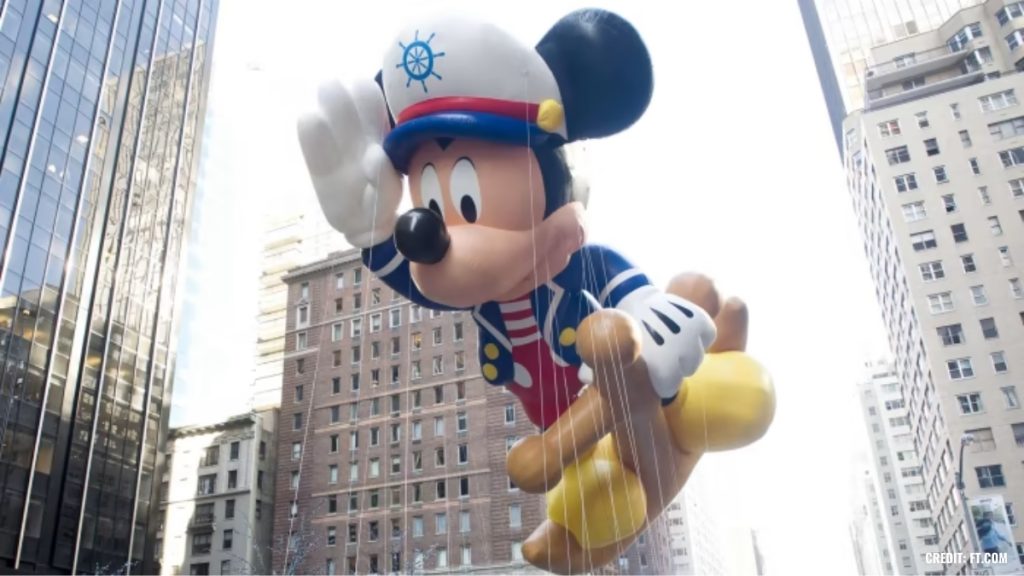
Macy’s Disney Celebration at Hollywood Studios
In 1992, Macy’s took the spirit of the parade down to Disney-MGM Studios in Orlando. After that year’s parade, several balloons—including Santa Goofy, Kermit the Frog, and Betty Boop—were transported to Hollywood Studios, re-inflated, and anchored along New York Street as part of a holiday display. Visitors could walk through this “Macy’s New York Christmas” setup and see the balloons up close, right in the middle of the park. While this display only ran for one season, it paved the way for the Osborne Family Spectacle of Dancing Lights, which became a holiday staple at the park for years to come.
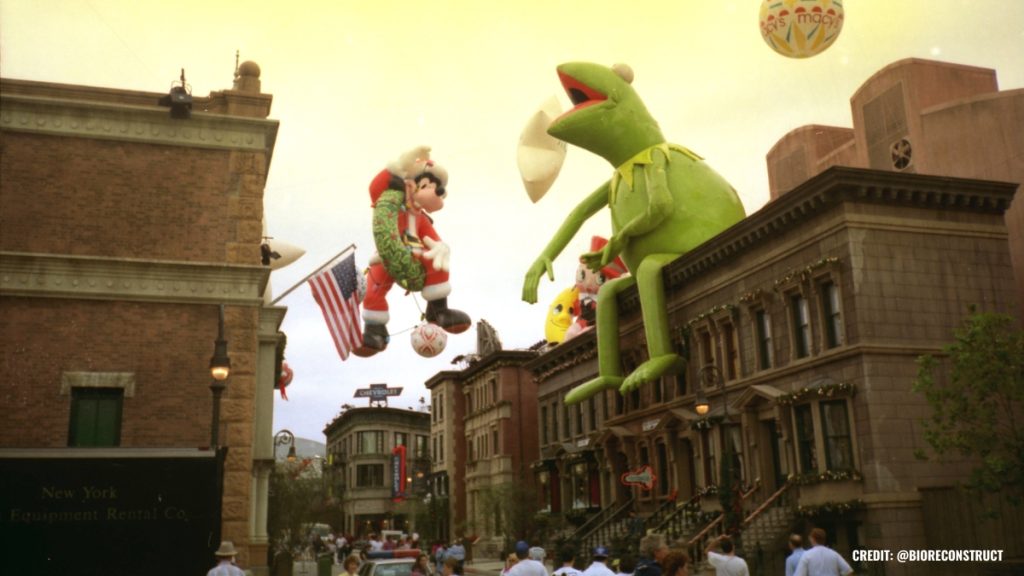
Minnie Mouse’s Long-Awaited Debut in 2024
This year, Minnie Mouse will finally join the parade, making her long-overdue debut. Macy’s is rolling out the red carpet for Minnie’s arrival with special pop-up shops across the country, where fans can find exclusive Minnie ears, blown-glass ornaments, T-shirts, and more to celebrate her first appearance in the Thanksgiving Day Parade.
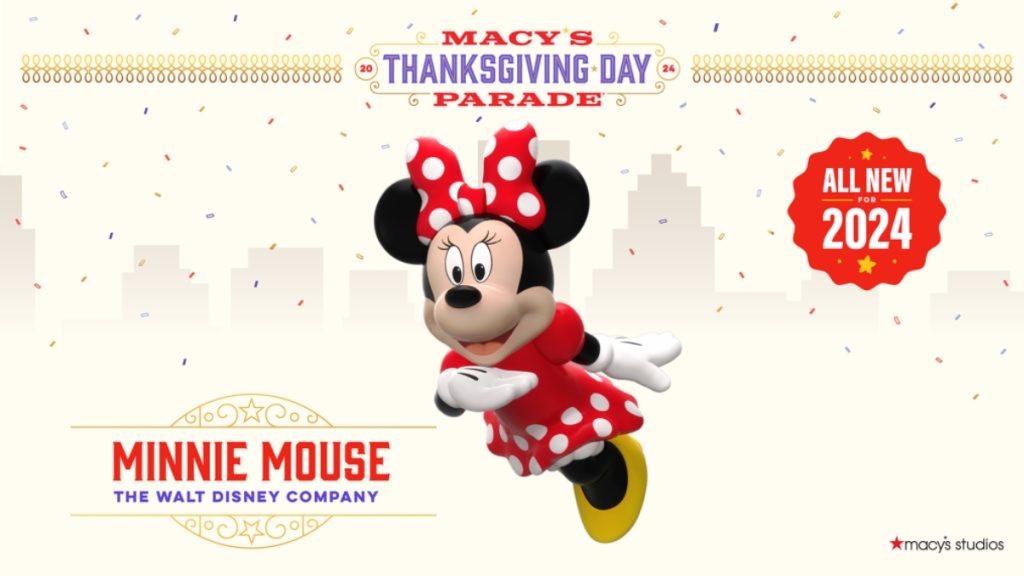
For those lucky enough to catch the parade this year, you’ll see Minnie take her first float down 34th Street, decked out in her iconic red bow and polka-dot dress. Macy’s and Disney are also unveiling a new Disney Cruise Line float honoring all eight ships, including the latest, the Disney Treasure.
As always, I’ll be watching from my favorite chair, coffee in hand, as Minnie makes her grand entrance. The 98th annual Macy’s Thanksgiving Day Parade airs live on NBC, and it’s a tradition you won’t want to miss—whether you’re on 34th Street or tuning in from home.
Theme Parks & Themed Entertainment
Disney’s Forgotten Halloween Event: The Original Little Monsters on Main Street
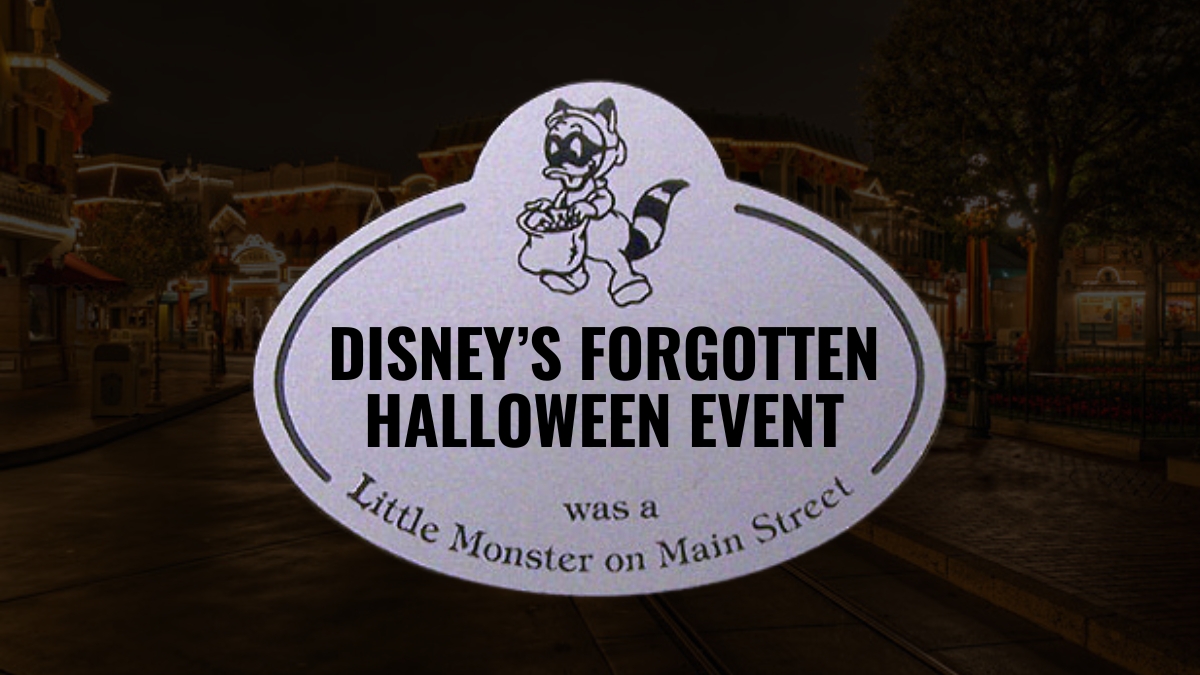
When most Disney fans think of Halloween in the parks, they immediately picture Mickey’s Not-So-Scary Halloween Party at Walt Disney World or the Oogie Boogie Bash at Disneyland Resort. But before those events took over as the must-attend spooky celebrations, there was a little-known event at Disneyland called Little Monsters on Main Street. And its origins? Well, they go all the way back to the 1980s, during a time when America was gripped by fear—the Satanic Panic.
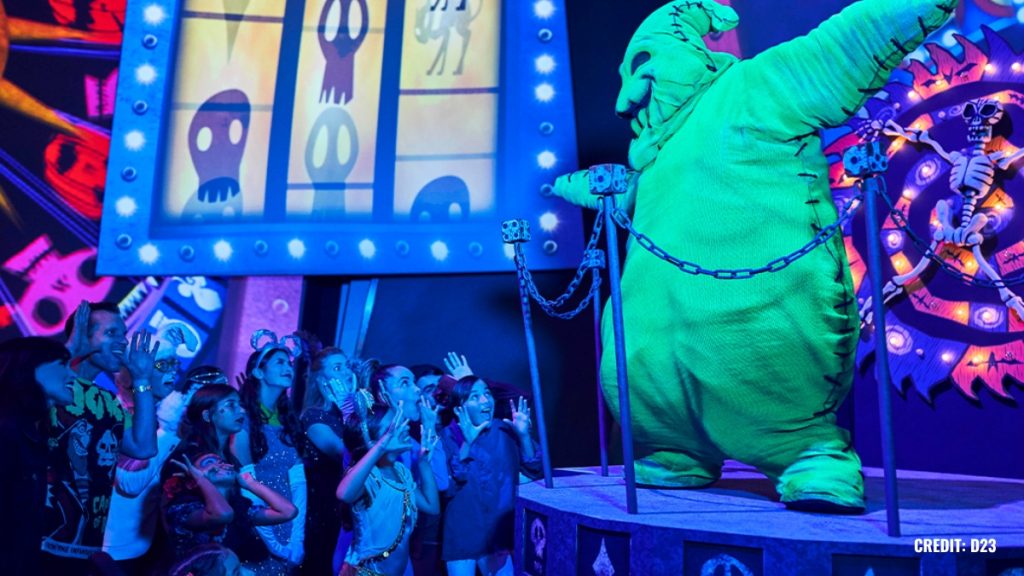
You see, back in the mid-1980s, parents were terrified that Halloween had become dangerous. Urban legends about drug-laced candy or razor blades hidden in apples were widespread, and many parents felt they couldn’t let their kids out of sight for even a moment. Halloween, which was once a carefree evening of trick-or-treating in the neighborhood, had suddenly become a night filled with anxiety.
This is where Disneyland’s Little Monsters on Main Street came in.
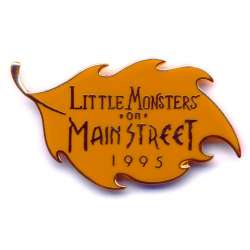
The Origins of Little Monsters on Main Street
Back in 1989, the Disneyland Community Action Team—later known as the VoluntEARS—decided to create a safe, nostalgic Halloween experience for Cast Members and their families. Many schools in the Anaheim area were struggling to provide basic school supplies to students, and the VoluntEARS saw an opportunity to combine a safe Halloween with a charitable cause. Thus, Little Monsters on Main Street was born.
This event was not open to the general public. Only Disneyland Cast Members could purchase tickets, which were initially priced at just $5 each. Cast Members could bring their kids—but only as many as were listed as dependents with HR. And even then, the park put a cap on attendance: the first event was limited to just 1,000 children.
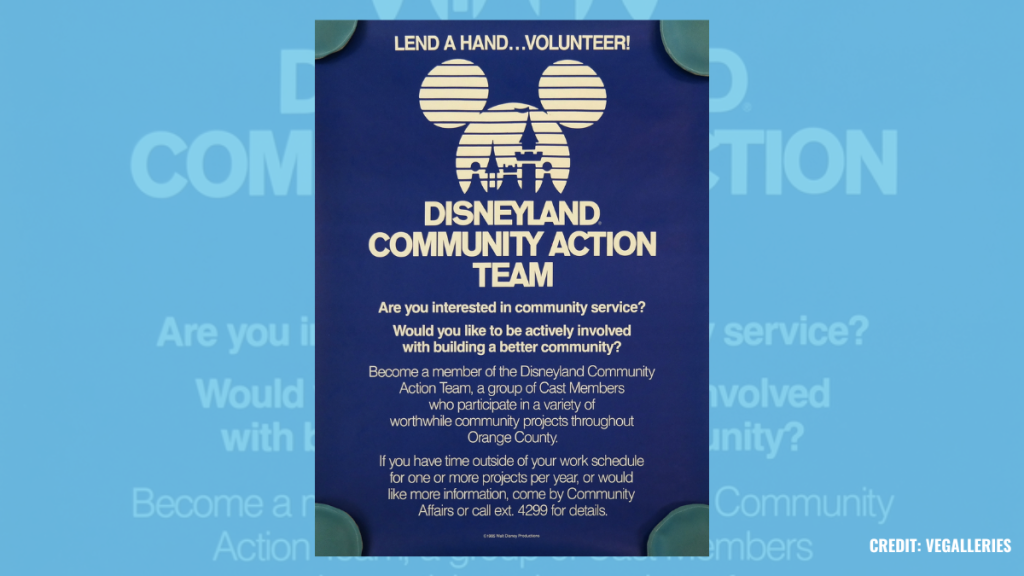
A Unique Halloween Experience
Little Monsters on Main Street wasn’t just another Halloween party. It was designed to give kids a safe, fun environment to enjoy trick-or-treating, much like the good old days. On Halloween night in 1989, kids in costume wandered through Disneyland with their pillowcases, visiting 20 different trick-or-treat stations. They also had the chance to ride a few of their favorite Fantasyland attractions, all after the park had closed to the general public.
The event was run entirely by the VoluntEARS—about 200 of them—who built and set up all the trick-or-treat stations themselves. They arrived at Disneyland before the park closed and, as soon as the last guest exited, they began setting up stations across Main Street, Adventureland, Frontierland, Fantasyland, and Tomorrowland. The event ran from 7:30 to 9:30 p.m., and by the time the last pillowcase-wielding kid left, the VoluntEARS cleaned everything up, making sure the park was ready for the next day’s operations.
It wasn’t just candy and rides, though. The event featured unique entertainment, like a Masquerade Parade down Main Street, U.S.A., where kids could show off their costumes. And get this—Disneyland even rigged up a Cast Member dressed as a witch to fly from the top of the Matterhorn to Frontierland on the same wire that Tinker Bell uses during the fireworks. Talk about a magical Halloween experience!
The Haunted Mansion “Tip-Toe” Tour
Perhaps one of the most memorable parts of Little Monsters on Main Street was the special “tip-toe tour” of the Haunted Mansion. Now, Disneyland’s Haunted Mansion can be a pretty scary attraction for younger kids, so during this event, Disney left the doors to the Stretching Room and Portrait Gallery wide open. This allowed kids to walk through and peek at the Haunted Mansion’s spooky interiors without actually having to board the Doom Buggies. For those brave enough to ride, they could, of course, take the full trip through the Haunted Mansion—or they could take the “chicken exit” and leave, no harm done.
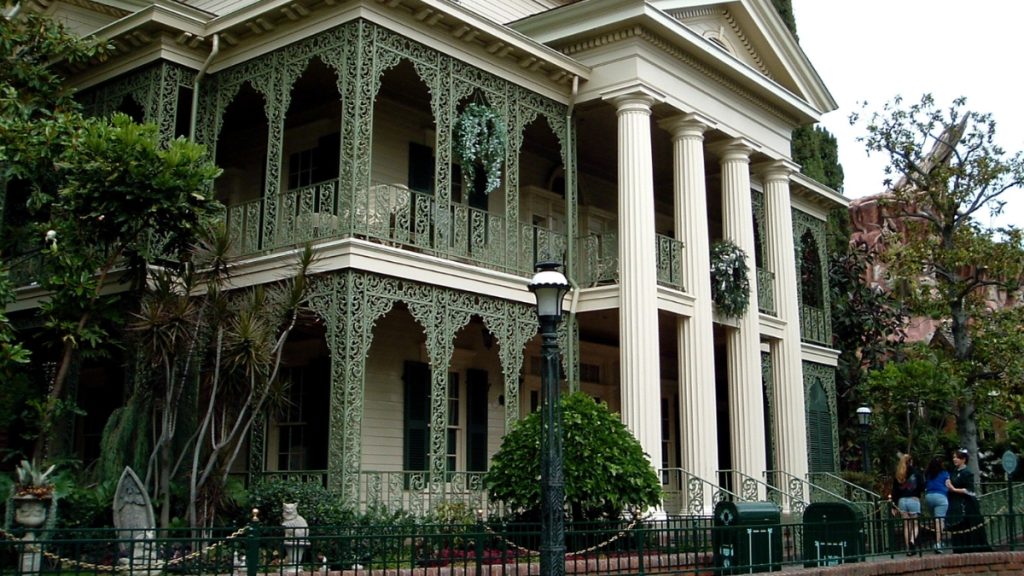
Growing Success and a Bigger Event
Thanks to the event’s early success, Little Monsters on Main Street grew in size. By 1991, the attendance cap had been raised to 2,000 kids, and Disneyland added more activities like magic shows and hayrides. They also extended the event’s hours, allowing kids to enjoy the festivities until 10:30 p.m.
In 2002, the event moved over to Disney California Adventure, where it could accommodate even more kids—up to 5,000 in its later years. The name was also shortened to just Little Monsters, since it was no longer held on Main Street. This safe, family-friendly Halloween event continued for several more years, with the last mention of Little Monsters appearing in the Disneyland employee newsletter in 2008. Though some Cast Members recall the event continuing until 2012, it eventually made way for Disney’s more public-facing Halloween events.
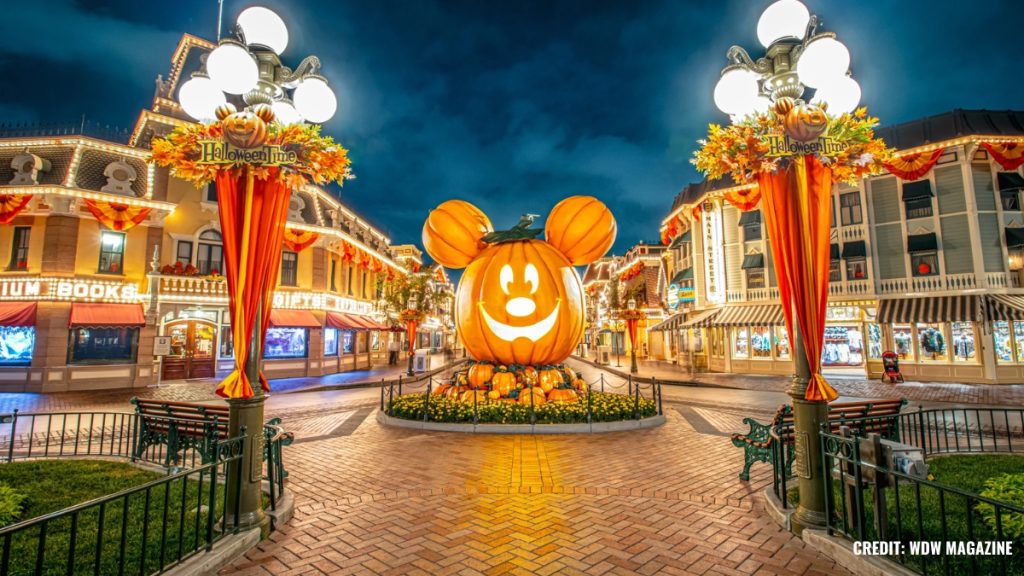
From Little Monsters to Mickey’s Not-So-Scary and Oogie Boogie Bash
Starting in the early 2000s, Disney began realizing the potential of Halloween-themed after-hours events for the general public. These early versions of Mickey’s Halloween Party and Mickey’s Halloween Treat eventually evolved into today’s Mickey’s Not-So-Scary Halloween Party and Oogie Boogie Bash. Unfortunately, this also marked the end of the intimate, Cast Member-exclusive Little Monsters event, but it paved the way for the large-scale Halloween celebrations we know and love today.
While it’s bittersweet to see Little Monsters on Main Street fade into Disney history, its legacy lives on through these modern Halloween parties. And even though Cast Members now receive discounted tickets to Mickey’s Not-So-Scary and Oogie Boogie Bash, the special charm of an event created specifically for Disney’s employees and their families remains something worth remembering.
The Merch: A Piece of Little Monsters History
For Disney collectors, the exclusive merchandise created for Little Monsters on Main Street is still out there. You can find pins, name tags, and themed pillowcases on sites like eBay. One of the coolest collectibles is a 1997 cloisonné pin set featuring Huey, Dewey, and Louie dressed as characters from Hercules. Other sets paid tribute to the Main Street Electrical Parade and Pocahontas, while the pillowcases were uniquely designed for each year of the event.
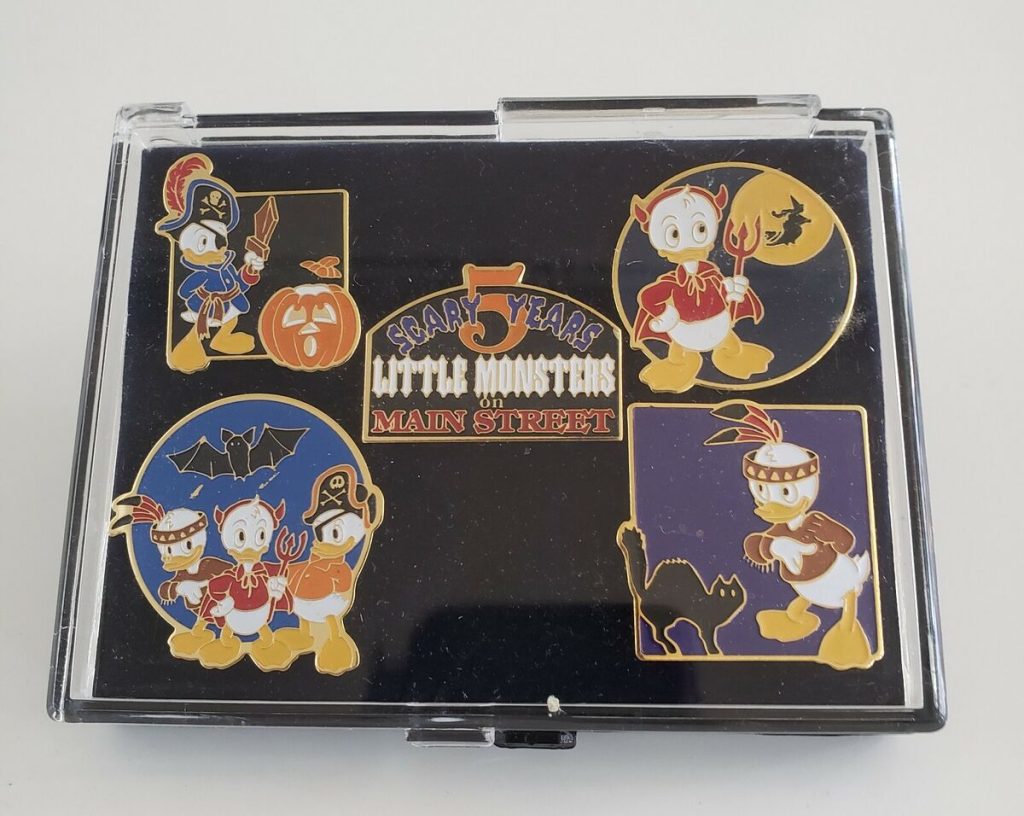
While Little Monsters on Main Street may be gone, it’s a fascinating piece of Disneyland history that played a huge role in shaping the Halloween celebrations we enjoy at Disney parks today.
Want to hear more behind-the-scenes stories like this? Be sure to check out I Want That Too, where Lauren and I dive deep into the history behind Disney’s most beloved attractions, events, and of course, merchandise!
Theme Parks & Themed Entertainment
The Story of Mickey’s Not-So-Scary Halloween Party: From One Night to a Halloween Family Tradition
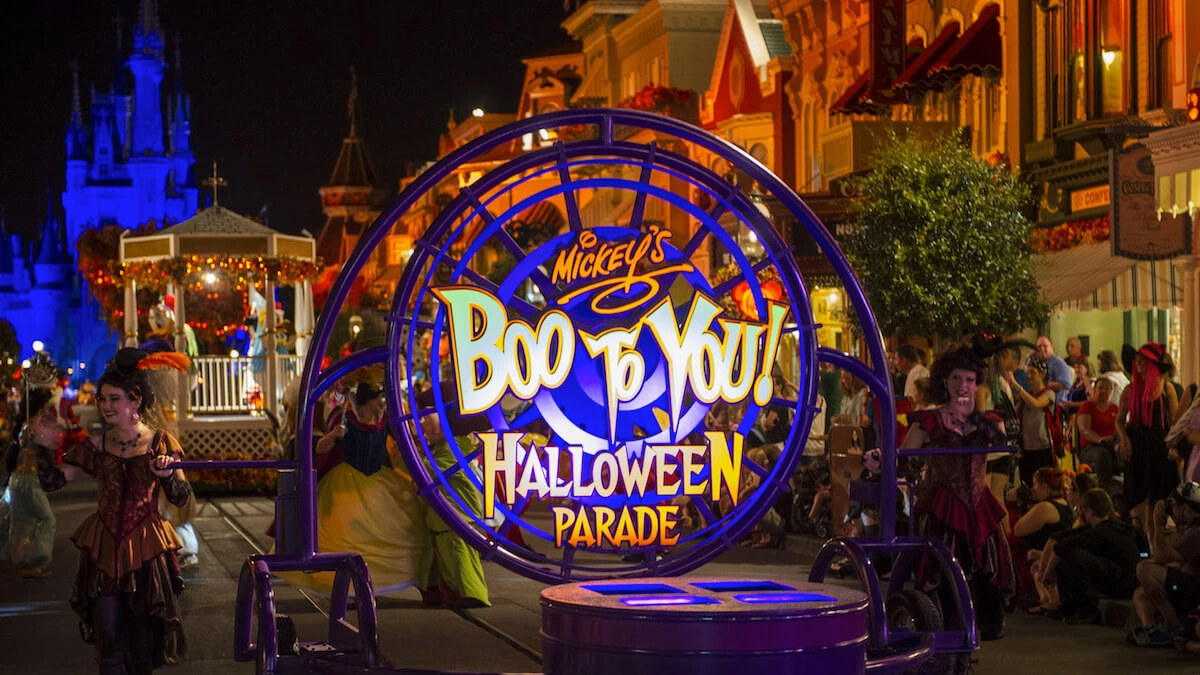
The spooky season is already in full swing at Disney parks on both coasts. On August 9th, the first of 38 Mickey’s Not-So-Scary Halloween Party (MNSSHP) nights for 2024 kicked off at Florida’s Magic Kingdom. Meanwhile, over at Disney California Adventure, the Oogie Boogie Bash began on August 23rd and is completely sold out across its 27 dates this year.
Looking back, it’s incredible to think about how these Halloween-themed events have grown. But for Disney, the idea of charging guests for Halloween fun wasn’t always a given. In fact, when the very first Mickey’s Not-So-Scary Halloween Party debuted on October 31, 1995, it was a modest one-night-only affair. Compare that to the near month-long festivities we see today, and it’s clear that Disney’s approach to Halloween has evolved considerably.
A Not-So-Scary Beginning
I was fortunate enough to attend that very first MNSSHP back in 1995, along with my then 18-month-old daughter Alice and her mom, Michelle. Tickets were a mere $16.95 (I know, can you imagine?), and we pushed Alice around in her sturdy Emmaljunga stroller—Swedish-built and about the size of a small car. Cast Members, charmed by her cuteness, absolutely loaded us up with candy. By the end of the night, we had about 30 pounds of fun-sized candy bars, making that push up to the monorail a bit more challenging.
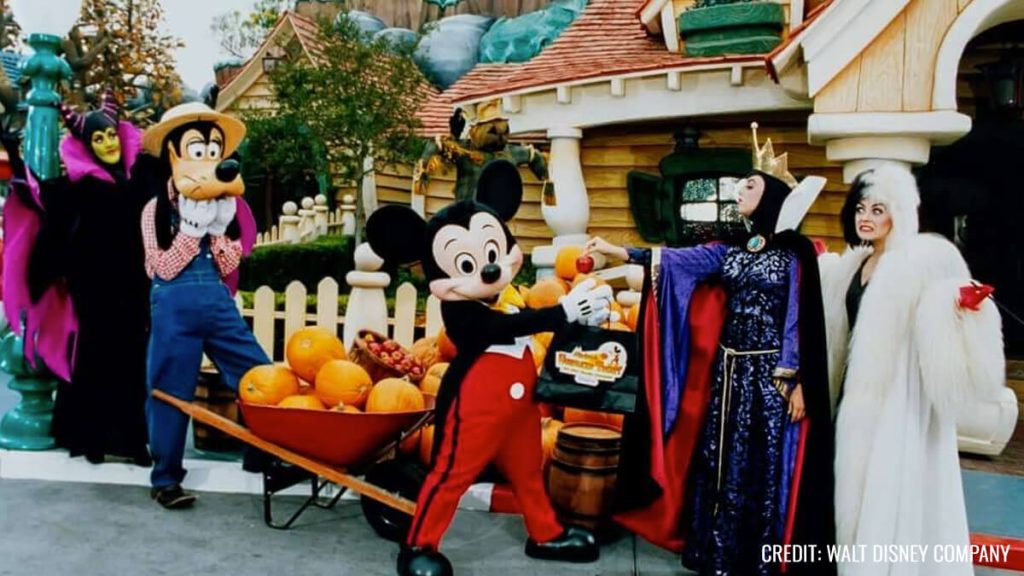
This Halloween event was Disney’s response to the growing popularity of Universal Studios Florida’s own Halloween hard ticket event, which started in 1991 as “Fright Nights” before being rebranded as “Halloween Horror Nights” the following year. Universal’s gamble on a horror-themed experience helped salvage what had been a shaky opening for their park, and by 1993, Halloween Horror Nights was a seven-night event, with ticket prices climbing as high as $35. Universal had stumbled upon a goldmine, and Disney took notice.
A Different Approach
Now, here’s where Disney’s unique strategy comes into play. While Universal embraced the gory, scare-filled world of horror, Disney knew that wasn’t their brand. Instead of competing directly with blood and jump-scares, Disney leaned into what they did best: creating magical, family-friendly experiences.
Thus, Mickey’s Not-So-Scary Halloween Party was born. The focus was on fun and whimsy, not fear. Families could bring their small children without worrying about them being terrified by a chainsaw-wielding maniac around the next corner. This event wasn’t just a Halloween party—it was an extension of the Disney magic that guests had come to expect from the parks.
Disney had some experience with seasonal after-hours events, most notably Mickey’s Very Merry Christmas Party, which had started in 1983. But the Halloween party was different, as the Magic Kingdom wasn’t yet decked out in Halloween decor the way it is today. Disney had to create a spooky (but not too spooky) atmosphere using temporary props, fog machines, and, of course, lots of candy.
A key addition to that first event? The debut of the Headless Horseman, who made his eerie appearance in Liberty Square, riding a massive black Percheron. It wasn’t as elaborate as the Boo-to-You Parade we see today, but it marked the beginning of a beloved Disney Halloween tradition.
A Modest Start but a Big Future
That first MNSSHP in 1995 was seen as a trial run. As Disney World spokesman Greg Albrecht told the Orlando Sentinel, “If it’s successful, we’ll do it again.” And while attendance was sparse that night, there was clearly potential. By 1997, the event expanded to two nights, and by 1999, Mickey’s Not-So-Scary Halloween Party had grown into a multi-night celebration with a full-fledged parade. Today, in 2024, it’s a staple of the fall season at Walt Disney World, offering 38 nights of trick-or-treating, character meet-and-greets, and special entertainment.
Universal’s Influence
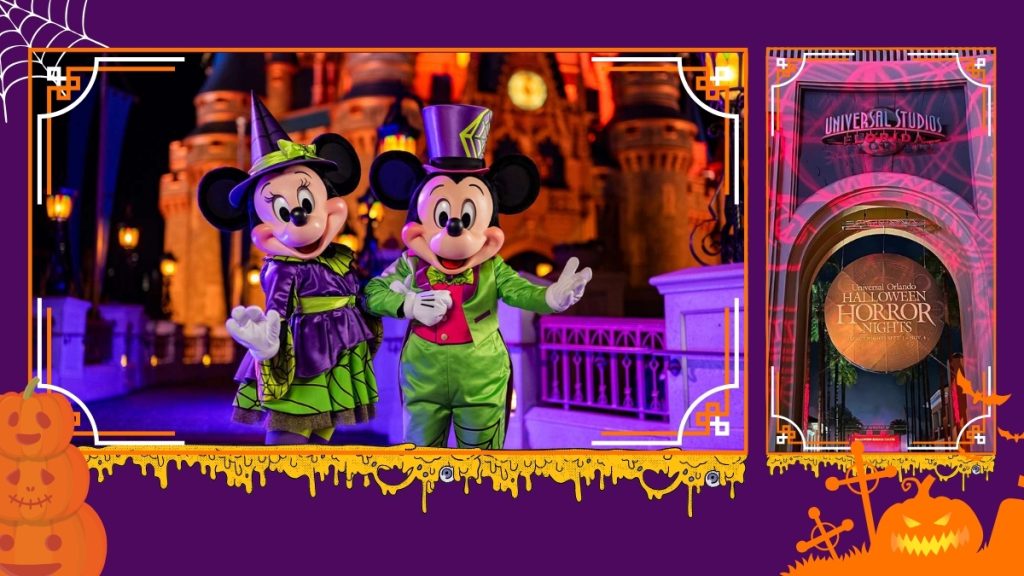
It’s interesting to reflect on how Disney’s Halloween event might never have existed without the competition from Universal. Just as “The Wizarding World of Harry Potter” forced Disney to step up their game with “Star Wars: Galaxy’s Edge,” Universal’s success with Halloween Horror Nights likely spurred Disney into action with MNSSHP. The friendly rivalry between the two parks has continually pushed both to offer more to their guests, and we’re all better off because of it.
So the next time you find yourself trick-or-treating through the Magic Kingdom, watching the Headless Horseman gallop by, or marveling at the seasonal fireworks, take a moment to appreciate how this delightful tradition came to be—all thanks to a little competition and Disney’s commitment to creating not-so-scary magic.
For more Disney history and behind-the-scenes stories, check out the latest episodes of the I Want That Too podcast on the Jim Hill Media network.
-
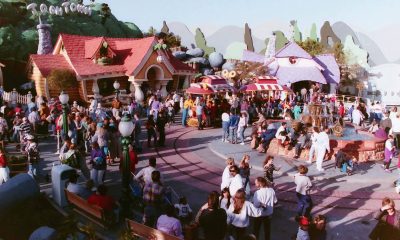
 History10 months ago
History10 months agoThe Evolution and History of Mickey’s ToonTown
-
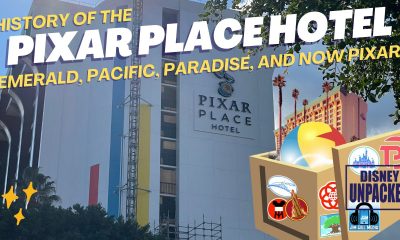
 History11 months ago
History11 months agoUnpacking the History of the Pixar Place Hotel
-
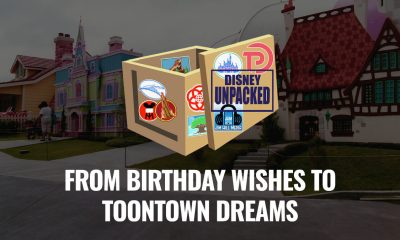
 History11 months ago
History11 months agoFrom Birthday Wishes to Toontown Dreams: How Toontown Came to Be
-
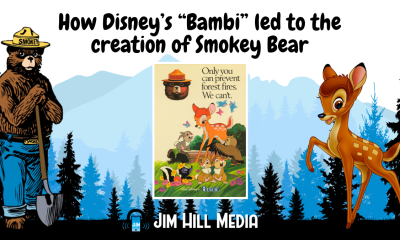
 Film & Movies8 months ago
Film & Movies8 months agoHow Disney’s “Bambi” led to the creation of Smokey Bear
-

 News & Press Releases10 months ago
News & Press Releases10 months agoNew Updates and Exclusive Content from Jim Hill Media: Disney, Universal, and More
-
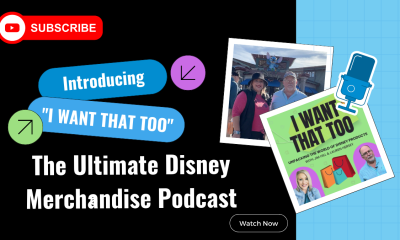
 Merchandise8 months ago
Merchandise8 months agoIntroducing “I Want That Too” – The Ultimate Disney Merchandise Podcast
-
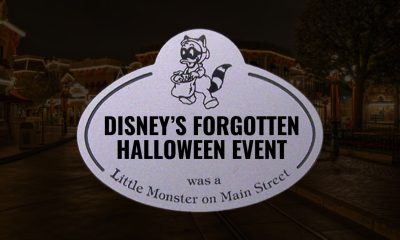
 Theme Parks & Themed Entertainment3 months ago
Theme Parks & Themed Entertainment3 months agoDisney’s Forgotten Halloween Event: The Original Little Monsters on Main Street
-
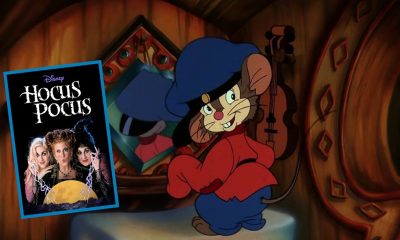
 Film & Movies3 months ago
Film & Movies3 months agoHow “An American Tail” Led to Disney’s “Hocus Pocus”









